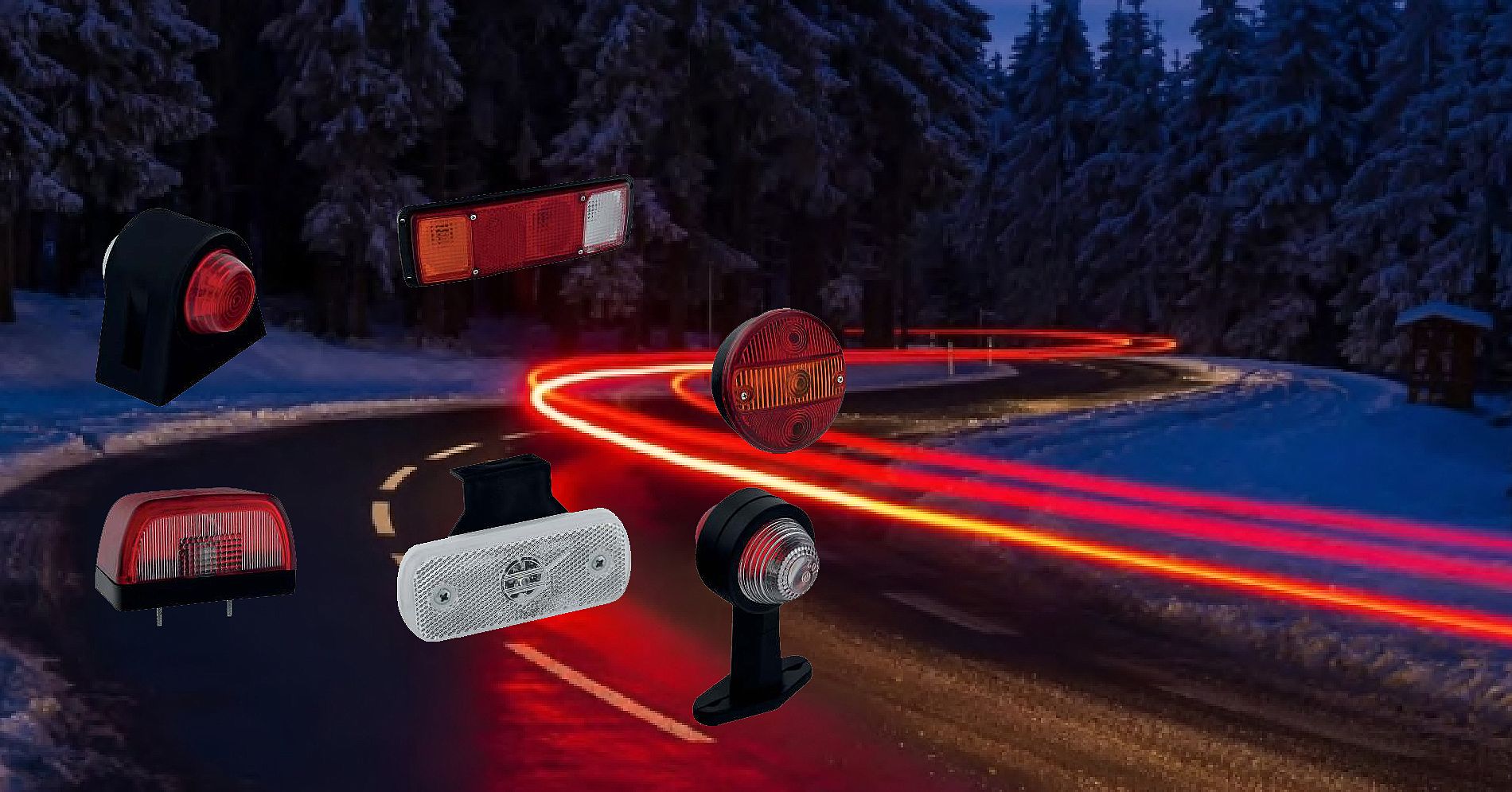
There are many important reasons for using LED lights in vehicle signaling systems. Here are some of these reasons:
More Noticeable and Brighter Light: LEDs produce a brighter light than traditional halogen or filament bulbs. This allows other drivers and pedestrians to notice vehicle signals more quickly and easily. The high brightness of LEDs is important for safety.
Fast Response Time: LEDs have the ability to flash instantly. This means signals can be turned on and off quickly. In other words, signals react instantly and there is no delay. This feature increases driving safety.
Low Energy Consumption: LEDs consume much less energy than traditional bulbs. This allows the vehicle's battery to consume less energy and save fuel. At the same time, lower energy consumption makes it an environmentally friendly option.
Long Life: LEDs have a longer lifespan than other bulbs. This means vehicle owners have to change bulbs less often, reducing maintenance costs.
Environmentally Friendly: LEDs do not contain harmful substances such as mercury and lead. Therefore, recycling the signal lamps in which they are used offers a more environmentally friendly option.
Color Options: LEDs offer different color options, providing aesthetic flexibility to vehicle design and signaling systems. For example, LEDs can be used in different colors for taillights, turn signals and other signals.
Cool Light Generation: LEDs produce a small amount of heat, which prevents materials or plastics near the turn signals from melting or damaging.
Resistance and Durability: LEDs are resistant to vibrations and shocks. This means the vehicles can withstand bumps or harsh conditions on the road.
As a result, the use of LED lights in vehicle signaling systems has become a common choice due to its safety, energy efficiency, long life and environmentally friendly features. LEDs allow drivers and pedestrians to see traffic signals better and help vehicles look more modern and efficient.
